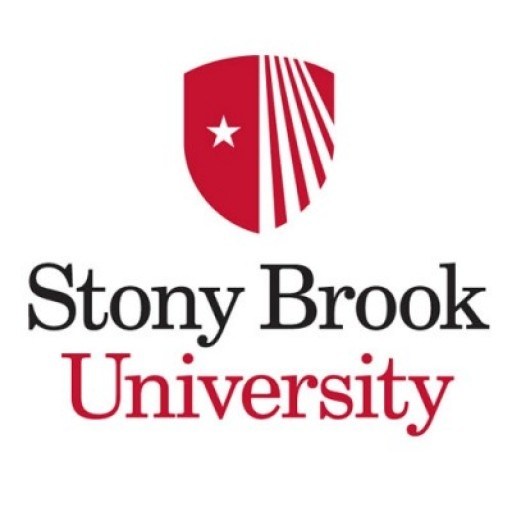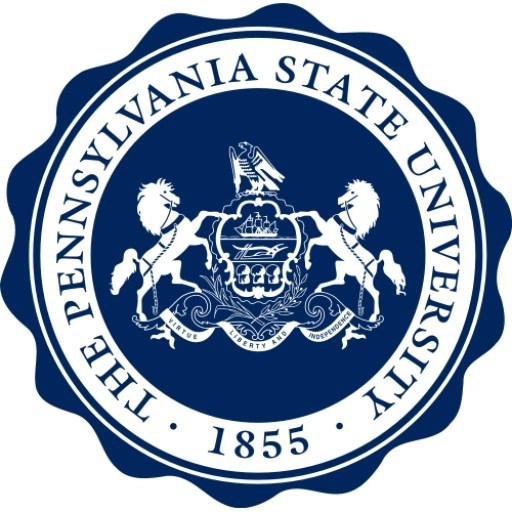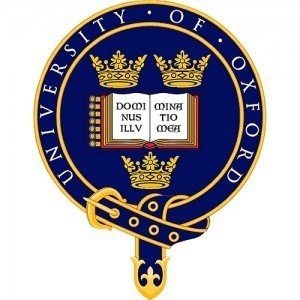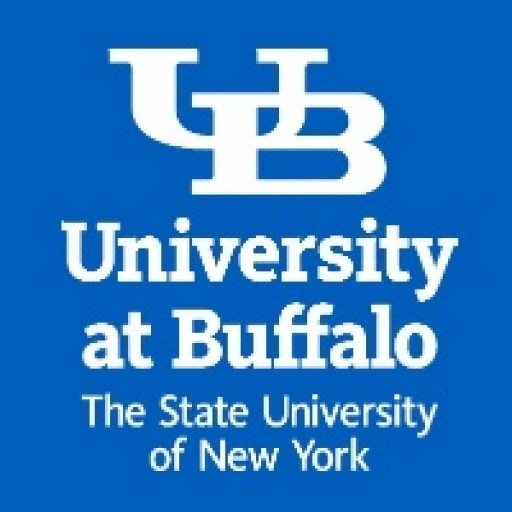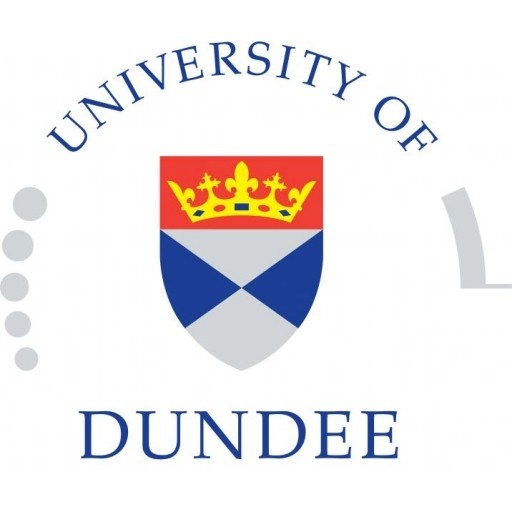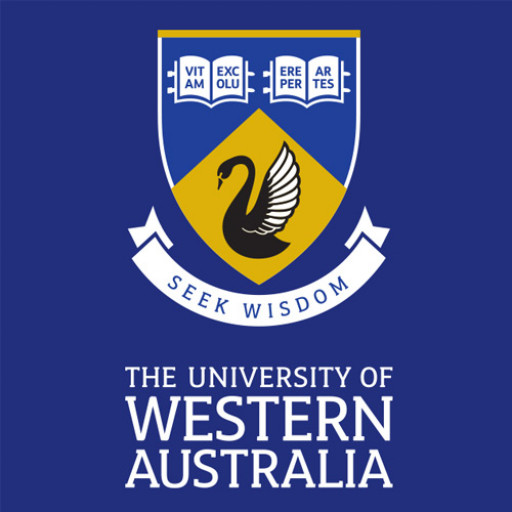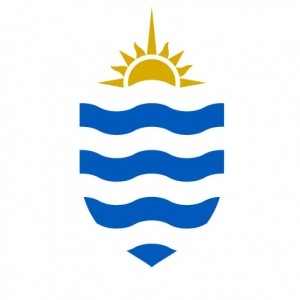Photos of university / #stonybrooku
The Anatomical Sciences program at Stony Brook University offers a comprehensive curriculum designed to provide students with a thorough understanding of human anatomy, structure, and function. This program is ideal for individuals pursuing careers in healthcare, research, education, or related fields that require an in-depth knowledge of the human body. Throughout the program, students explore various aspects of anatomy, including gross anatomy, histology, neuroanatomy, and developmental biology, through both classroom instruction and hands-on laboratory experiences. Emphasis is placed on integrating theoretical knowledge with practical skills, preparing graduates for advanced study or professional practice in fields such as medicine, dentistry, physical therapy, or biomedical research. The program features experienced faculty members who are experts in their respective areas, offering personalized mentorship and cutting-edge research opportunities. Students gain competency in dissection techniques, imaging modalities, and data analysis, equipping them with essential skills for future employment or further academic pursuits. The curriculum also emphasizes current advancements in anatomical sciences, fostering critical thinking and scientific inquiry. Through collaboration with healthcare institutions and research centers, students have access to internships, seminars, and workshops that enhance learning and professional development. The program's facilities include state-of-the-art laboratories equipped with modern anatomical dissection tools and imaging software to facilitate immersive learning. Graduates of the Anatomical Sciences program at Stony Brook University are well-prepared to contribute meaningfully to their chosen professions, supported by a solid foundation in anatomical principles, research methodology, and clinical applications. Whether aiming for advanced graduate studies or entering healthcare practice, students emerge from the program with the knowledge, skills, and confidence needed to excel in their respective fields.
A. Formal Course Requirements
The following courses are required for all students in the program:
- Evolutionary Anatomy (Anatomy and Embryology ) HBA 541 (8 credits, fall)
- Statistics course approved by the advisor or department.
- Integrity in Science GRD 500 (1 credit, spring),
required by the Graduate School - Practicum in Teaching (HBA 695, 1-4 credits)
In addition, students are required to take three elective courses chosen in consultation with the student's advisor. These are typically selected from among those given by the Department of Anatomical Sciences or other departments at Stony Brook University. However, with approval of the student's advisor and the Graduate Program Director, elective courses may also be taken at other institutions. Click here to see a what a typical schedule might look like
Examples electives include:
Anatomy Department Electives
- Studies in Functional Morphology HBA 566 (2 credits, spring, even years)
- Primate Evolution HBA 564 (4 credits, spring, even years)
- Human Evolution HBA 565 (4 credits, fall, even years)
- Comparative Anatomy of Primates HBA 582 (4 credits, spring)
- Aspects of Animal Mechanics HBA 563 (2 credits, spring, odd years)
- Vertebrate Evolution HBA 550 (4 credits, spring, odd years)
- Systematics, Biogeography and Comparative Methods HBA 551, (4 credits, spring, even years)
Example Non-Anatomy Department Electives:
- Principles of Evolution BEE 551 (4 credits, fall),
- Macroevolution BEE 561 (3 credits, spring, odd years),
- Geometric Morphometrics BEE 564 (3 credits, fall, even years)
- Molecular Evolution BEE 565 (3 credits, spring, odd years)
- Multivariate Analysis in Biology BEE 553 (3 credits, fall)
- Graduate Genetics BGE 510 (3 credits, spring)
- Principles of Development MCB 657 (3 credits, fall)
Depending on a student’s area of specialization, he/she may be required to take additional courses, to be determined in consultation with the advisor. A student must achieve a grade of B or higher in each of the required courses, and must maintain a B average or higher in all elective courses (note, as stated above, 3 electives are a required component of the Ph.D. program).
B. Preliminary Examination
Upon completion of formal courses (normally at the beginning of the fourth semester), each student is given an oral preliminary examination. Depending on the area of concentration, the examination covers human anatomy, embryology and one or more elective topics (e.g., vertebrate evolution).
C. Advancement to Candidacy
The faculty will recommend a student to the Graduate School for advancement to candidacy upon satisfactory completion of all required coursework and the preliminary examination. The student then becomes a formal candidate for the Ph.D.
D. Dissertation Proposal Examination
Following advancement to candidacy a student must select a dissertation committee consisting of at least 3 members of the Department of Anatomical Sciences (one of whom is the student’s advisor), and at least one person from outside the department (either at Stony Brook University or another institution). Students must formally present a list of his/her committee members to the Graduate Program Director. In consultation with this committee the student prepares a dissertation proposal. The dissertation proposal examination consists of an oral presentation of this proposal to the department as a whole, followed by an oral defense before the dissertation committee. The student must make the proposal available to the committee at least 3 weeks prior to the defense and to the faculty at large (by depositing it with the Graduate Program Coordinator), 2 weeks prior to the defense. This examination must occur no later than twelve months after passing the oral preliminary examination. Change to this deadline requires a formal petition to the faculty and is only granted under extenuating circumstances.
E. Ph.D. Dissertation
Students complete their dissertation research in Years 4 and 5. Students, under the supervision of his/her Dissertation Committee, perform the research leading to the preparation of their written dissertation. The dissertation must contain the results of an original and significant investigation.
F. Dissertation Defense
Following completion of the dissertation, and with the approval of the dissertation committee, a student must present his/her findings in a formal public oral defense. The student must make the written dissertation available to the dissertation committee at least 3 weeks prior to the defense and to the faculty at large (by depositing it with the Graduate Program Coordinator), 2 weeks prior to the defense. The defense is not chaired by the student's advisor, but rather by another member of the dissertation committee. Following the oral presentation of results and questioning by the audience, the student defends his/her results before the dissertation committee.
G. Teaching Requirement
Every student is required to teach medical human gross anatomy (HBA 531) at least once before graduation. In addition, students receiving a teaching assistantship are required to teach.
H. Residence Requirement
The University requires at least two consecutive semesters of full-time graduate study. Generally, the demands of the course of study necessitate a longer period of residence. However, pursuit of a degree on a part-time basis will be considered under special circumstances.
- A bachelor’s degree typically in a field with ties to research in our department.
- Letters of reference.
- Results of the Graduate Record Examination (GRE) General Test and TOEFL for non-native speakers of English.
- Acceptance by the Department of Anatomical Sciences and by the Graduate School.
Scholarships
Our students are supported by a variety of resources. One of these is the Gabor Inke Fund, a special fund for the Department of Anatomical Sciences managed by the Stony Brook Foundation. This fund was created by Professor Gabor Inke as a gift to the department. Several of our students are also receipients of graduate fellowships from Stony Brook University's Turkana Basin Institute. Recent recipients are Matthew Borths and Joseph Sertich. Many of our students are also supported by funds from the National Science Foundation through awards to our faculty or directly to the students. Current students holding National Science Foundation Predoctoral Fellowships are Matthew Borths and Sara Burch.
The Anatomical Sciences program at Stony Brook University offers students an in-depth education in human anatomy, providing a comprehensive understanding of the structure and function of the human body. This program is designed for students pursuing careers in health professions, biomedical research, or related fields where detailed anatomical knowledge is essential. The curriculum includes courses in gross anatomy, histology, embryology, neuroanatomy, and radiological anatomy, supported by laboratory work and dissections to facilitate hands-on learning. Students gain practical skills in anatomical identification, dissection techniques, and medical imaging interpretation, preparing them for various healthcare settings. The program also emphasizes the integration of anatomical knowledge with clinical applications, with opportunities for internships, research projects, and seminars involving faculty expertise. Graduates of the program are well-equipped to progress into medical schools, dental schools, physical therapy programs, or biomedical research careers. The program maintains close collaborations with affiliated hospitals and medical centers, providing real-world experience and exposure to clinical practices. Faculty members are recognized experts in their fields, contributing to advances in anatomical science and education. The program's state-of-the-art laboratories and resources support a rigorous and engaging educational experience. Overall, the Anatomical Sciences program at Stony Brook University aims to develop highly knowledgeable, skilled, and compassionate professionals dedicated to advancing human health and scientific understanding.
